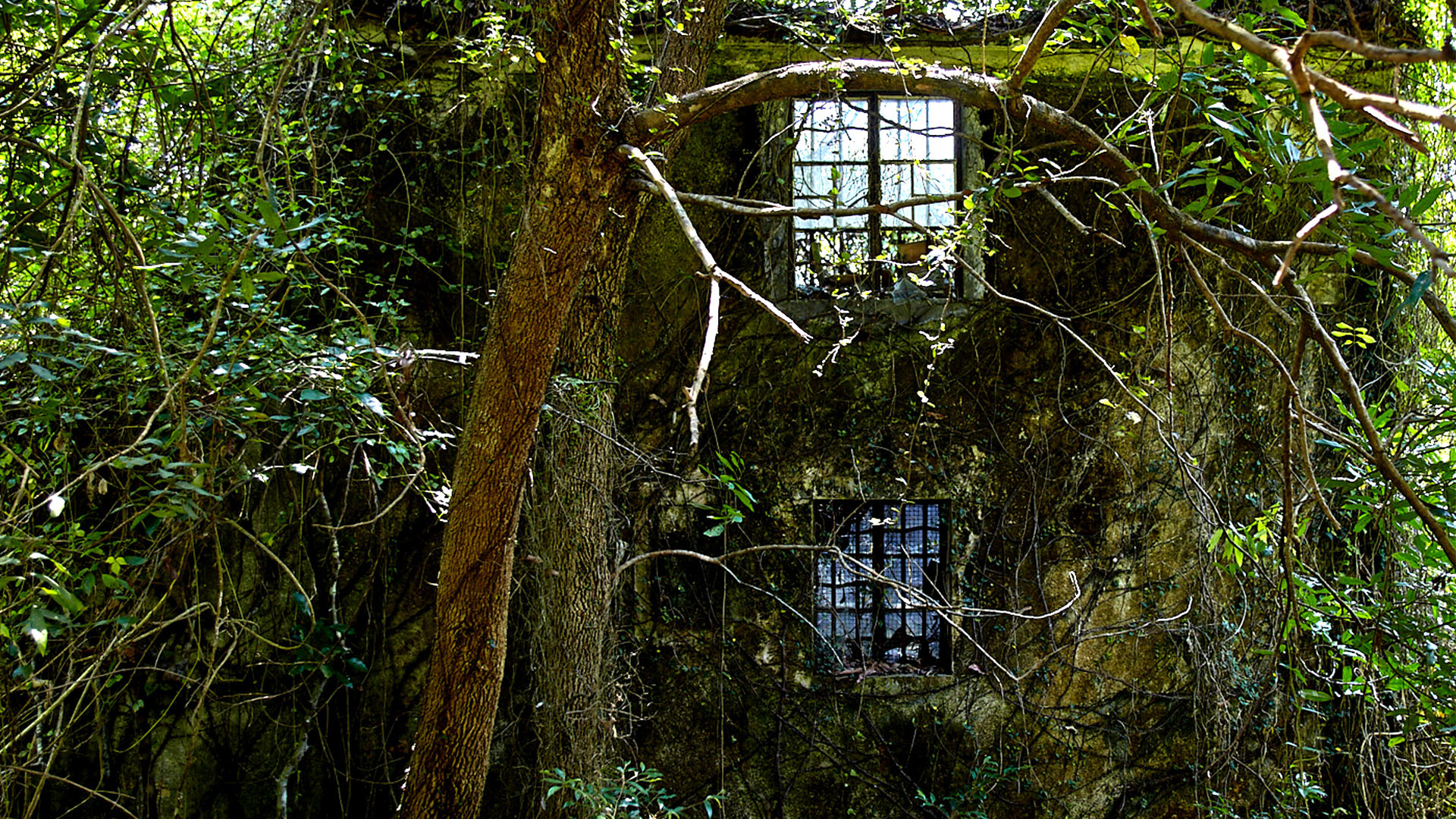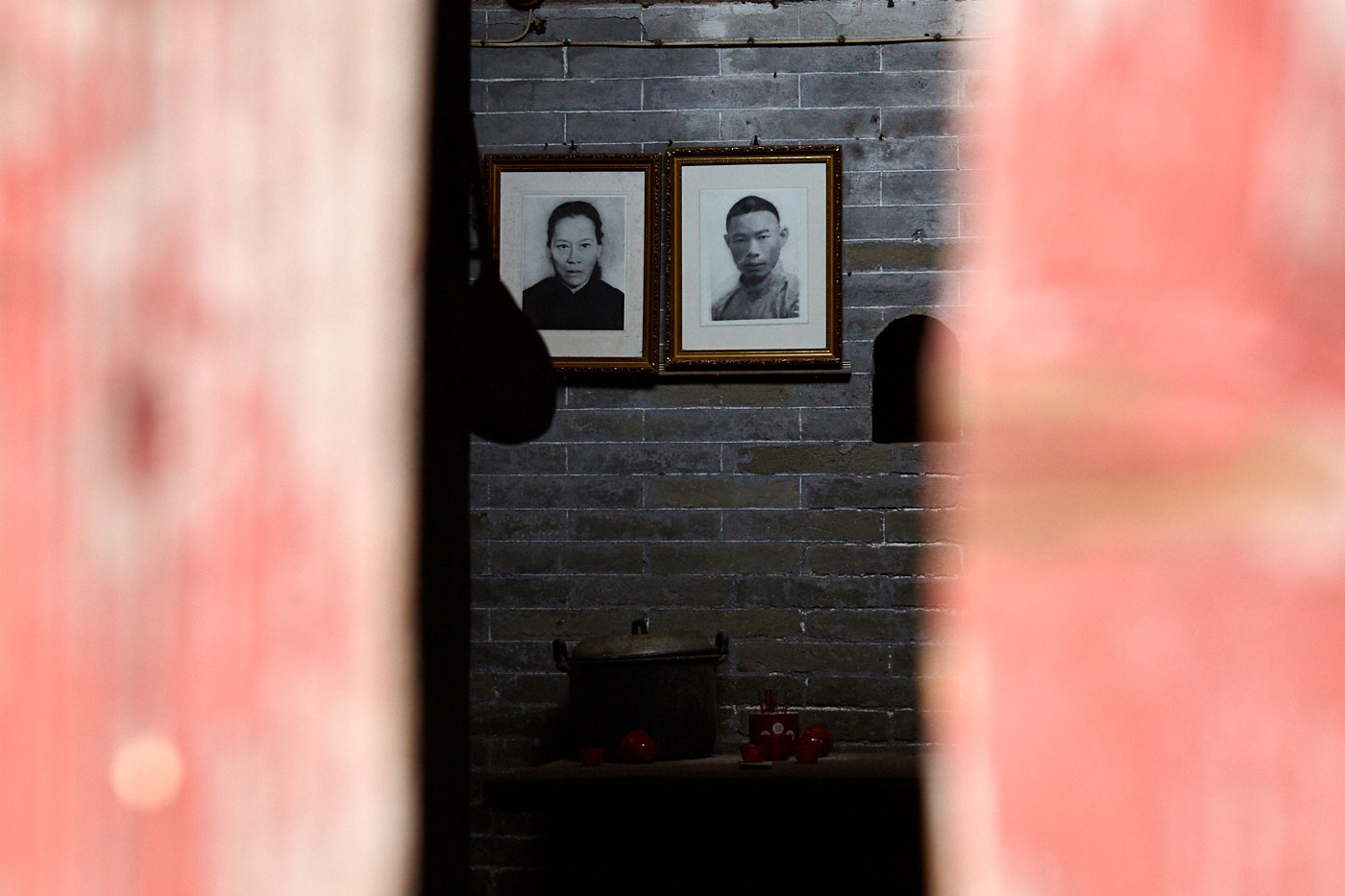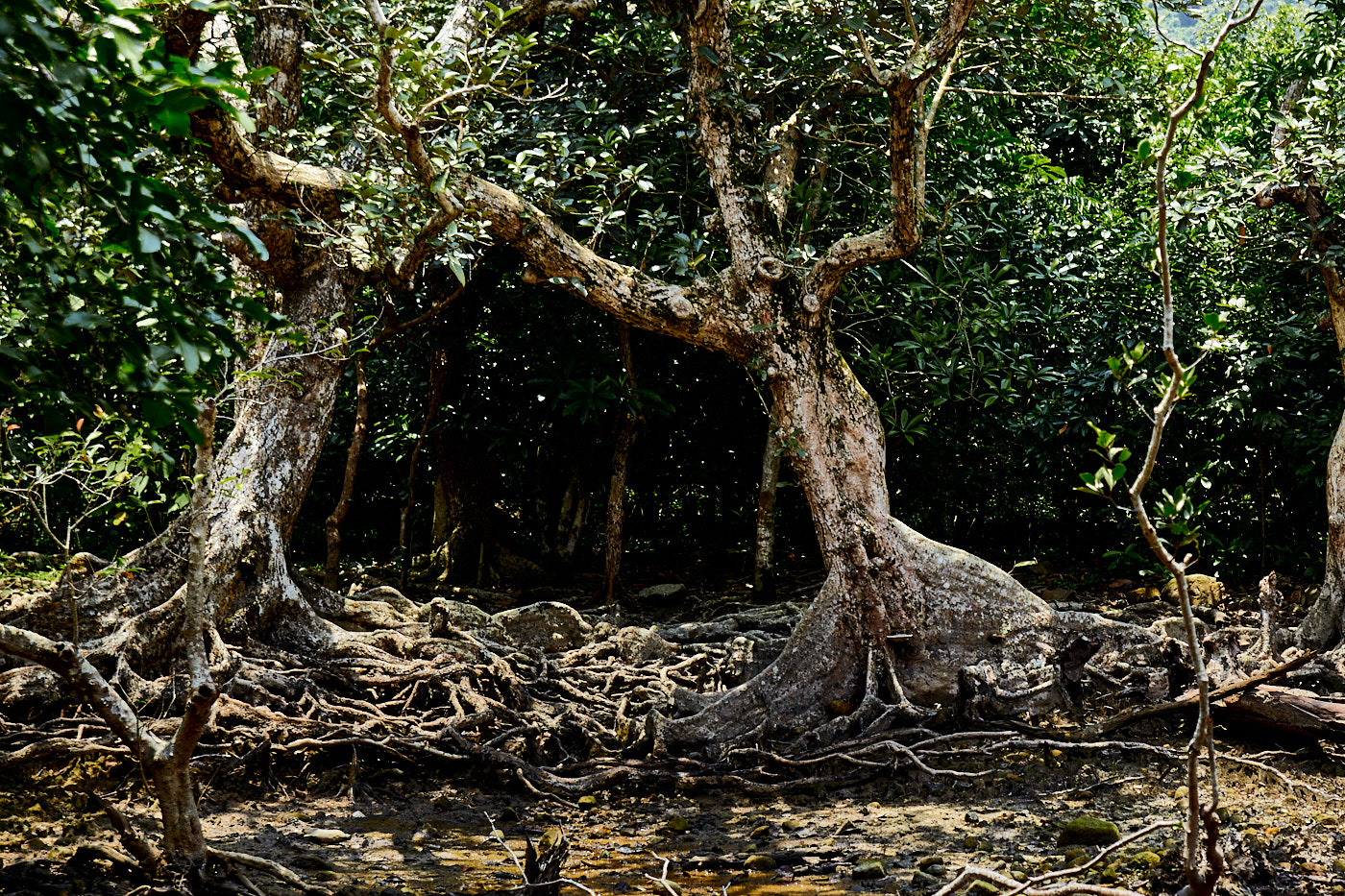THERE ARE NO ROADS to Dead Compass Town. To reach the deserted settlement you have to trek on forested paths for more than three hours from Fan Ling in the New Territories area of Hong Kong.
But would you want to?
Dead Compass Town, one of a cluster of abandoned ancient villages in the rural parts of Hong Kong, is associated with dark legends.
Travellers have long reported that their compasses stop working as they enter the village – the literal translation of the Cantonese name, So Lo Pun, is “Locked Compass”.
Then there are the stories of bad fortune. A group of So Lo Pun villagers heading to a wedding died when their boat sank. A visitor who explored the village saw ghosts there and died of a heart attack. A man was invited to a festival at the village but arrived to find the town empty and long-deserted.
EVERYTHING WILL CHANGE
Change is in the air. The government has just launched a zoning plan for So Lo Pun with the intention of preserving it as green belt and agricultural land with eco-tourism potential.
As well as that, Hong Kong is spending tens of millions of dollars to make a whole cluster of “ghost towns” more visitable. Tens of millions of dollars will be spent on a set of long-abandoned villages in the north-eastern New Territories once inhabited by Hakka people 400 years ago, a full two centuries before the British founded modern Hong Kong.
The good news is that they WON’T be replaced by high-rises, malls or golf-courses. The money will be spent on factors such as conservation, research, the designing of walking trails, and the provision of eco-tourism information and facilities. In total, more than HK$40 million will be spent in the near future on seven projects, the Secretariat of the Countryside Conservation Funding Scheme said recently.

THE HAKKA WAR
In particular, some loving care will be given to seven villages (So Lo Pun, Kop Tong, Lai Chi Wo, Mui Tsz Lam, Ngau Shi Wu, Sam A Village, and Siu Tan) which form a Hakka grouping known as the Hing Chun Yeuk, or ???. Yeuk means Alliance).
Quick history lesson:
Between 1855 and 1867 a vicious war broke out between the Hakka people and the Punti people, the two main clan groups of Guangdong at the time. It was serious business: Historians estimate that between 500,000 and a million people died. Most Hong Kong people are descendants of the Punti clans – but Hong Kong government policy these days is to be inclusive, cherishing the history of both sides.
ABANDONED HOMES
Photographer and trekker David Sutton notes that some of the buildings in the area now are old ruins, while others appear to have been abandoned just a few decades ago.
One village, Yung Shu Au, would have been “a pretty little place, set in a narrow valley and surrounded by tall trees”, he says. But now it looks very spooky.

“Today all the houses stand empty,” David said. “The newer ones, probably built in the 1960s, still contain remnants of the lives of the people who once lived in them. Tables, chairs, old picture frames and, in front of one, a child’s tricycle stands rusted and forlorn with weeds growing over it. Even the old storehouses, with their gaping doors, piercing eye-like upper windows and tangle of matted foliage are creepy.”
ELECTRO-MAGNETISM
And what of the legends of travellers who step into Dead Compass Town and find their compasses no longer work?
Some visitors say that this could be explained by the presence of hidden electro-magnetic fields caused by the presence of metallic rocks or similar phenomena.
Others are reminded of the so-called “magic slope of Shenyang” in China. Puzzled cyclists wanting to freewheel down to the bottom of the slope find they actually have to apply steady pressure to the pedals. But when they want to return to the top, they can simply freewheel back up with their feet off the pedals.
Some attribute this to an electromagnetic field, while others say it is an optical illusion in which the topography of the surrounding countryside makes a gentle downward slope look like it tilts upwards.
Whichever explanation you prefer, it’s a magical, if somewhat disorienting experience.

ELVES AND GOBLINS
In Hong Kong, David Sutton notes that the Tiu Tang Lung path to the ghost town of Lai Chi Wo leads walkers past all eight of the mangrove species found in Hong Kong.
“The most spectacular of these is the heritiera littoralis, or looking-glass mangrove, whose gnarled, twisted roots and buttress trunks bring to mind scary tales of elves, goblins and wicked witches,” he said. Think of the dark forests in Disney movies like Snow White or Tangled.
The whole area is well worth a visit on a bright sunny day — but just don’t get lost in So Lo Pun at night.
Especially if you are depending on having a working compass to find your way back to civilization.
* * *
All pictures by David Sutton
To see more of David Sutton’s work, go to: https://TheMangoRoad.com


32 Comments
Irvindut
mexico pharmacies prescription drugs: mexico pharmacy – mexico drug stores pharmacies
CharlesHon
indianpharmacy com [url=http://indiapharmast.com/#]mail order pharmacy india[/url] india pharmacy mail order
DavidLeaws
mail order pharmacy india: india pharmacy mail order – top 10 pharmacies in india
Edwardlex
https://canadapharmast.com/# canadian pharmacy checker
DavidLeaws
canadian pharmacy com: www canadianonlinepharmacy – adderall canadian pharmacy
Michaeluncot
www canadianonlinepharmacy: canadian pharmacy world – reputable canadian online pharmacy
Michaeluncot
reputable indian online pharmacy: buy medicines online in india – indian pharmacies safe
CharlesHon
canadian king pharmacy [url=https://canadapharmast.online/#]northwest canadian pharmacy[/url] best online canadian pharmacy
Edwardlex
https://canadapharmast.com/# pharmacy rx world canada
DavidLeaws
canadian mail order pharmacy: canadian drug pharmacy – northwest pharmacy canada
Michaeluncot
mexican pharmaceuticals online: best online pharmacies in mexico – buying from online mexican pharmacy
CharlesHon
best india pharmacy [url=https://indiapharmast.com/#]pharmacy website india[/url] best india pharmacy
DavidLeaws
india pharmacy mail order: india pharmacy mail order – reputable indian online pharmacy
Edwardlex
http://foruspharma.com/# best online pharmacies in mexico
Michaeluncot
п»їbest mexican online pharmacies: reputable mexican pharmacies online – mexico drug stores pharmacies
MyronCiz
https://doxycyclinedelivery.pro/# medication doxycycline 100mg
can i order clomid pills [url=https://clomiddelivery.pro/#]can you get clomid without dr prescription[/url] cheap clomid online
Thomasclams
https://doxycyclinedelivery.pro/# doxycycline 100g tablets
MyronCiz
http://paxloviddelivery.pro/# paxlovid pill
where can i get doxycycline [url=http://doxycyclinedelivery.pro/#]doxycycline 150mg pill[/url] where can i get doxycycline uk
Thomasclams
https://amoxildelivery.pro/# cheap amoxicillin 500mg
MyronCiz
https://amoxildelivery.pro/# where can i get amoxicillin 500 mg
buy ciprofloxacin over the counter [url=https://ciprodelivery.pro/#]buy ciprofloxacin over the counter[/url] ciprofloxacin mail online
Thomasclams
https://clomiddelivery.pro/# how to buy clomid without a prescription
Thomasclams
https://paxloviddelivery.pro/# paxlovid pharmacy
MyronCiz
https://paxloviddelivery.pro/# paxlovid buy
ciprofloxacin order online [url=https://ciprodelivery.pro/#]buy cipro cheap[/url] buy cipro online
Thomasclams
https://paxloviddelivery.pro/# paxlovid pharmacy
MyronCiz
http://ciprodelivery.pro/# cipro for sale
Paxlovid buy online [url=https://paxloviddelivery.pro/#]paxlovid covid[/url] paxlovid pharmacy
Thomasclams
http://paxloviddelivery.pro/# paxlovid cost without insurance
MyronCiz
https://ciprodelivery.pro/# buy generic ciprofloxacin
doxycycline buy [url=http://doxycyclinedelivery.pro/#]cost of doxycycline canada[/url] doxycycline australia cost
Thomasclams
http://ciprodelivery.pro/# purchase cipro
MyronCiz
http://clomiddelivery.pro/# can i order cheap clomid no prescription
paxlovid for sale [url=https://paxloviddelivery.pro/#]Paxlovid buy online[/url] п»їpaxlovid
Thomasclams
https://amoxildelivery.pro/# amoxicillin 500 tablet
MyronCiz
https://ciprodelivery.pro/# cipro for sale
buy doxycycline south africa [url=https://doxycyclinedelivery.pro/#]doxycycline with out a rx[/url] doxycycline price comparison
Thomasclams
http://ciprodelivery.pro/# cipro 500mg best prices